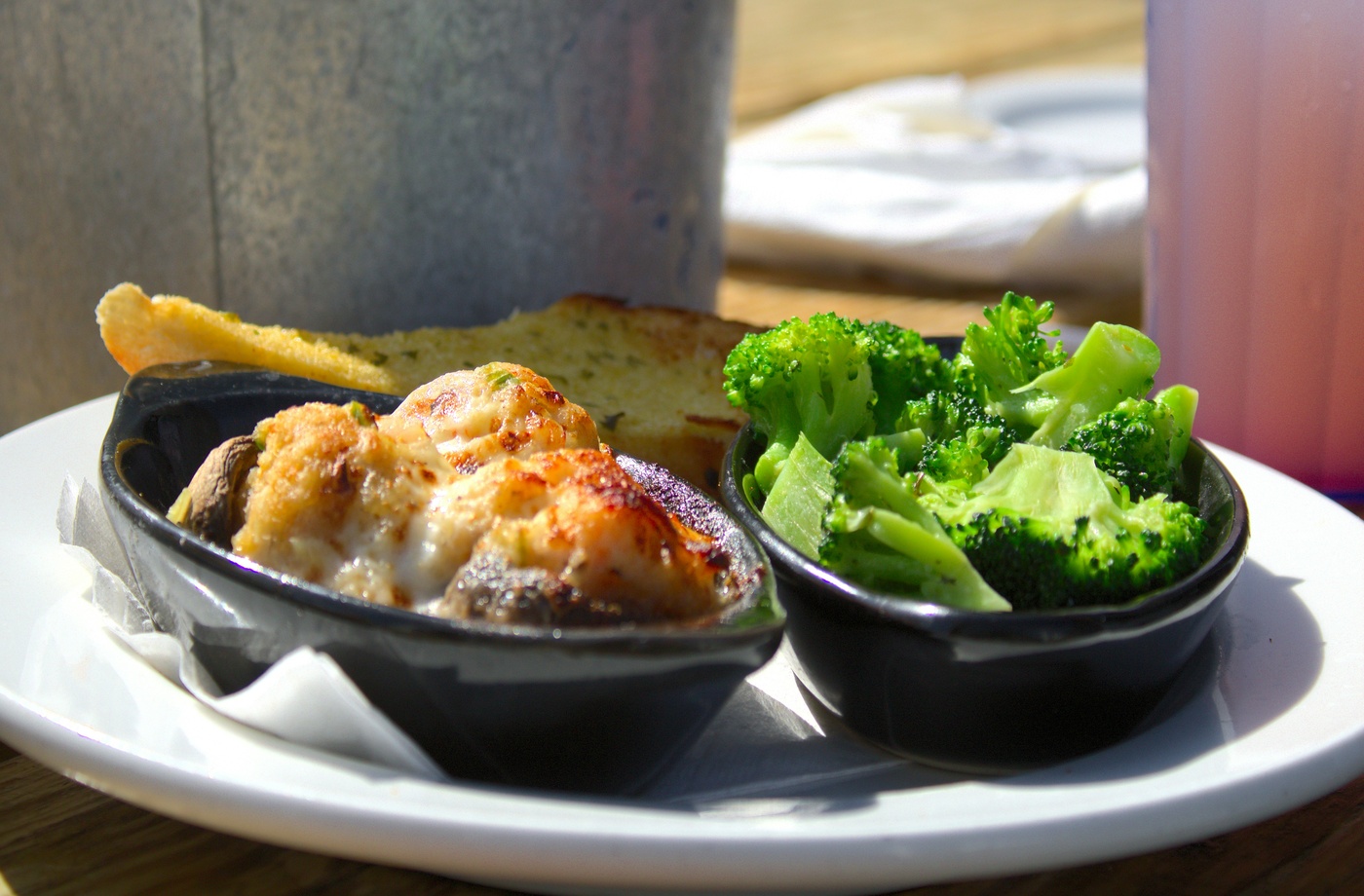The scent of pot roast slow-cooking in the kitchen is the kind of memory that sticks with you—rich, savory, and full of love. This classic dish has long been a staple of rustic, family-style meals, and when done right, it’s the ultimate comfort food. While there are countless ways to make a pot roast, the best ones follow a few timeless tricks that generations have passed down. Here are grandma’s go-to secrets for a pot roast that’s tender, flavorful, and worth gathering around.
- Start with the Right Cut of Meat
The best pot roasts come from tough cuts that break down beautifully over long cooking times. Choose cuts like:
- Chuck roast (rich and marbled)
- Brisket (meaty and flavorful)
- Bottom round (leaner, still tender when slow-cooked)
Marbling is key—those pockets of fat melt during cooking and create the signature richness.
- Always Sear Before You Simmer
Grandma never skipped this step. Browning the meat on all sides in a hot Dutch oven before adding liquids locks in flavor and builds a deep base for the gravy. - Use Aromatics and Fresh Herbs
Rustic cooking is all about layering simple ingredients for maximum flavor. Sauté onions, garlic, and celery until soft before adding your roast. Add fresh herbs like rosemary, thyme, and bay leaves to the pot for an earthy depth. - Low and Slow is the Only Way
Pot roast isn’t meant to be rushed. Whether you’re cooking in a Dutch oven, slow cooker, or instant pot, give it time:
- Oven: 3–4 hours at 300°F
- Slow cooker: 8 hours on low
- Pressure cooker: Around 1 hour, plus natural release
This slow method allows connective tissue to break down, leaving fork-tender meat.
- Build Flavor with Simple Liquids
Classic combinations include beef broth, red wine, Worcestershire sauce, or even brewed coffee for extra richness. The key is using just enough liquid to cover the bottom third of the roast—too much and it turns into stew. - Add Root Vegetables Last
To keep carrots and potatoes from getting mushy, add them halfway through the cook time. They’ll soak up the juices without falling apart. - Let It Rest Before Serving
Give the pot roast 10–15 minutes to rest after cooking. This allows the juices to redistribute, making every slice moist and flavorful. - Don’t Forget the Gravy
Strain the drippings and reduce them on the stove with a little cornstarch or flour slurry to make a thick, savory gravy. Serve it over the roast and mashed potatoes for a full rustic experience.
For inspiration and a full step-by-step guide, check out The Pioneer Woman’s pot roast recipe, a beloved classic that stays true to its roots.
Make it a Meal
Serve your pot roast with:
- Skillet cornbread or rustic dinner rolls
- Roasted green beans or sautéed cabbage
- Mashed or buttered baby potatoes
- A glass of red wine or farmhouse ale
Pot roast is more than a meal—it’s a memory in the making. With these time-honored tips, you can bring that same warmth and tradition to your own kitchen, just like grandma did.




